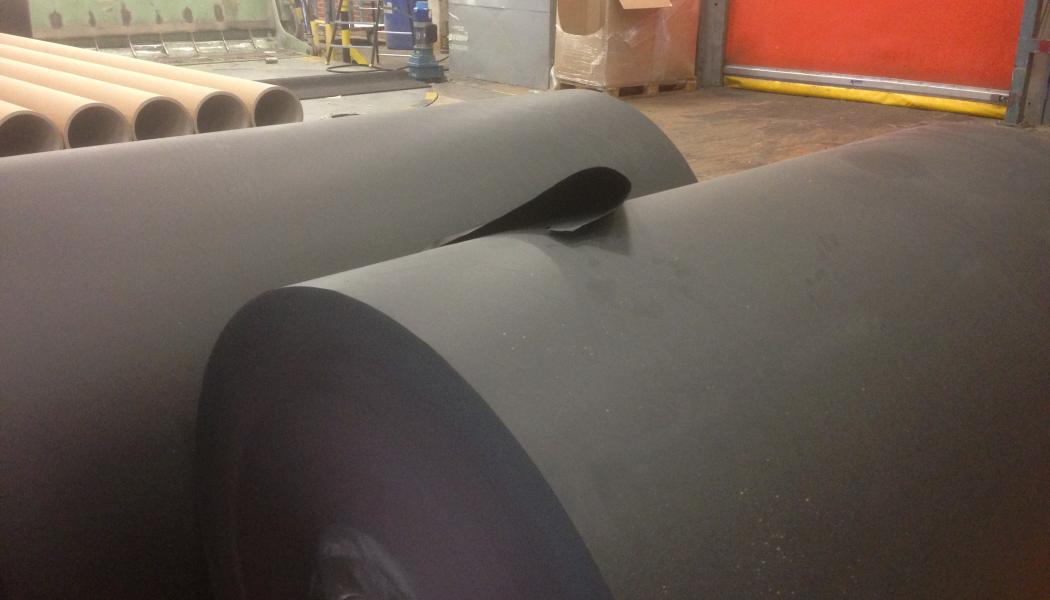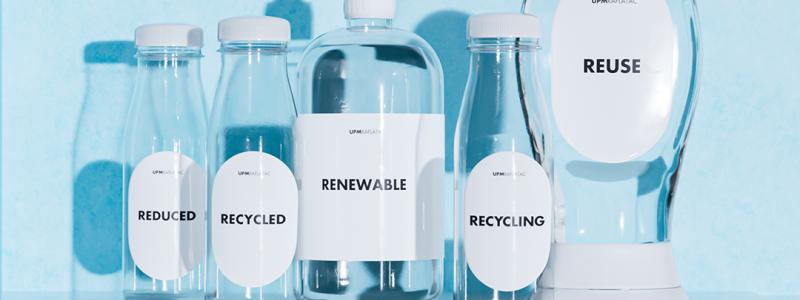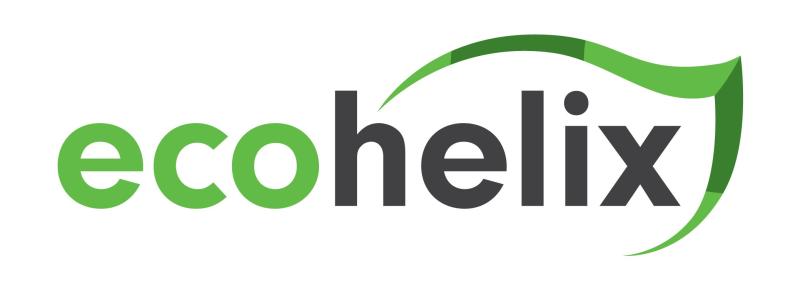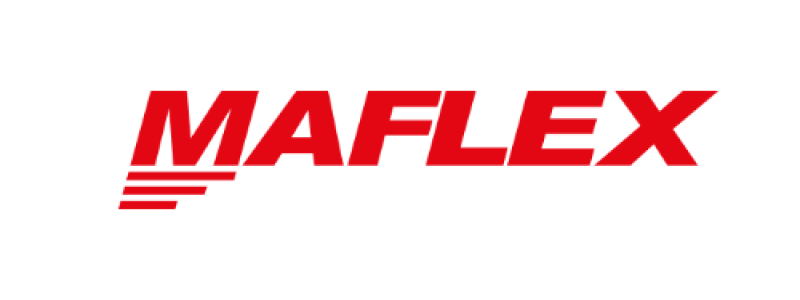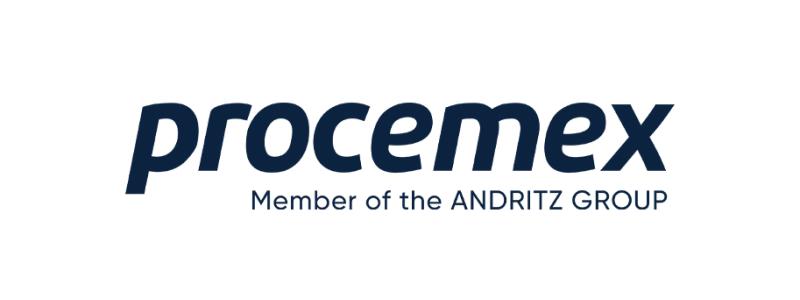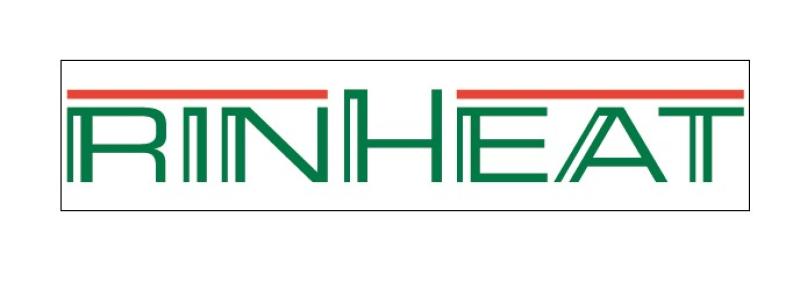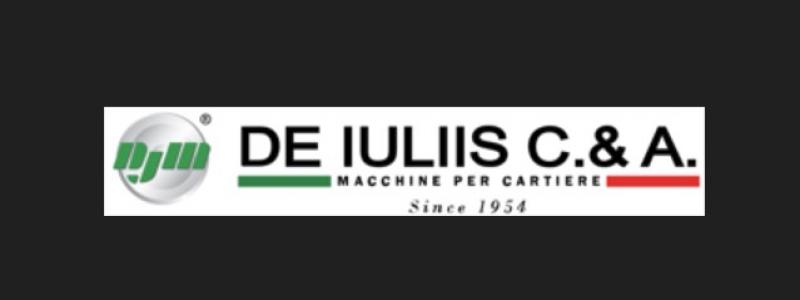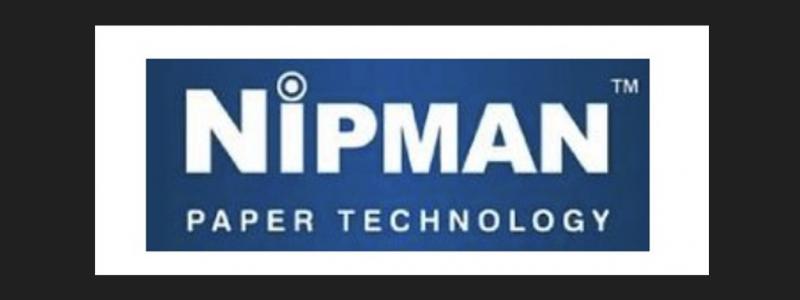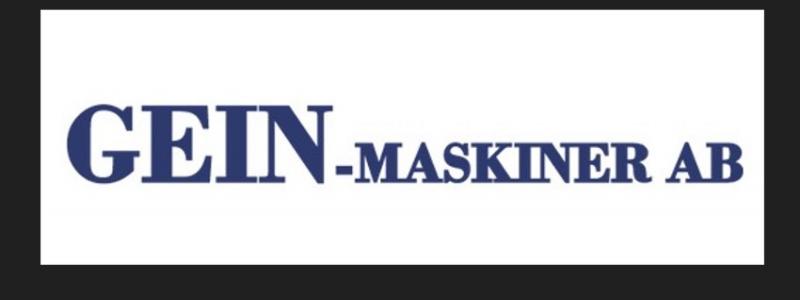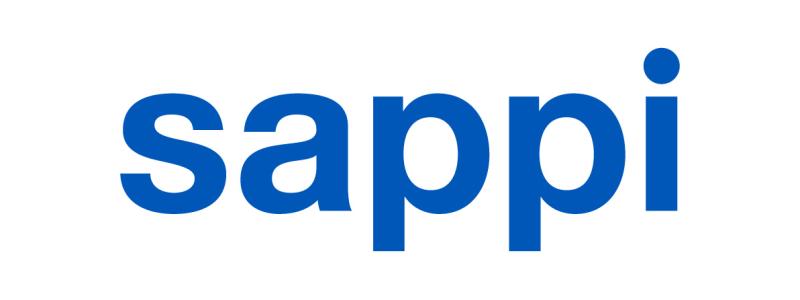The global pulp market size is estimated to grow by USD 38.1 billion from 2024-2028, according to Technavio.
The market is estimated to grow at a CAGR of almost 3.53% during the forecast period. increased consumption of chemical wood pulp is driving market growth, with a trend towards rising use of fluff pulp due to increased absorbency. However, high costs involved in production of pulp poses a challenge.
Key market players include Arctic Paper SA, Billerud AB, Canny Tissue Paper Industry, Gulf Paper Manufacturing Co., Hitachi Ltd., International Paper Co., Koch Industries Inc., and Mercer International Inc.
Key market trends fueling growth
The pulp market is witnessing significant trends in various industries like food and beverage, personal care, and paper packaging.
Eco-friendliness is a major focus with the demand for green packaging increasing. Leading paper producers like International Paper and Stora Enso are investing in renewable energy operations and producing eco-friendly packaging products. The food and beverage industry is shifting towards paper-based packaging solutions due to consumer inclination and anti-plastic sentiments.
Paper packaging materials such as white paper, recycled paper, and specialty papers are in high demand. FMCG companies like Unilever are partnering with the Pulpex Consortium to develop laundry detergent solutions using recycled paper pulp. The personal care industry is also embracing green packaging, with an emphasis on recyclability and sustainability. Toilet papers and antimicrobial tissue products are popular choices.
The retail sector is also adopting paper packaging for its lightweight and recyclable properties, reducing plastic use and logistics costs. The paper industry is the largest forest-based industry, using wood, bamboo, rice husk, and wheat straw as raw materials. The production line includes chemical pulping and the conversion of paper into various forms such as wrapping paper, writing paper, printing paper, tissue paper, rolls, and specialty papers. T
he rapid penetration of the internet, smartphones, and online retailing has led to an increase in paper packaging demand for e-commerce. The paper industry is essential for socio-economic development, providing employment opportunities in developing countries. However, it's crucial to address deforestation concerns and focus on sustainable forest management. The water-consuming industries, including paper and pulp, are under pressure to reduce water usage and greenhouse gas emissions.
The wrapping paper segment is also gaining popularity, especially during festive seasons. The paper industry is continually innovating to meet the needs of modern consumers while minimizing its environmental impact.
The diaper and hygiene sanitary pad market holds significant importance in the global business landscape. This sector's growth is driven by the increasing awareness of safety and health practices. The primary raw material for these products is fluff pulp, derived from softwood, which enhances absorbency and prevents leaks. With rising birth rates in Latin America and Asia, the diaper industry is projected to expand by around 50% by 2023.
Market challenges
The pulp market faces significant challenges in various industries like food and beverage, personal care, and paper packaging. Eco-friendly packaging products are in high demand due to anti-plastic sentiments and consumer inclination towards green packaging.
Renewable energy operations and reduced greenhouse gas emissions are essential for forest-based mills like International Paper and Stora Enso. The food and beverage industry requires paper-based packaging solutions for their products, while the personal care industry relies on tissue paper for hygiene products.
Recycling infrastructure is crucial for the recycling of paper packaging materials, including white paper, printing paper, and specialty papers. FMCG companies like Unilever are collaborating with the Pulpex Consortium to develop laundry detergent solutions using paper-based packaging instead of plastic. The retail sector's rapid penetration by e-commerce and online shoppers necessitates lightweight and recyclable packaging like corrugated boxes and paper bags. The paper industry's largest competitors, including International Paper and Stora Enso, are investing in mills that use renewable energy and produce recycled paper pulp from wood fibers, bamboo, rice husk, wheat straw, and other sustainable sources. Socio-economic development in developing countries presents opportunities for the paper industry's growth, particularly in the production of paper-based packaging materials for kitchens, toilets, and households. However, challenges like deforestation and the use of chemical pulp remain concerns. The paper industry's sustainability is crucial in addressing plastic packaging waste, particularly in the wrapping paper segment. Leading paper producers are focusing on commercial printing papers, converting papers, digital papers, and office papers to cater to various industries' demands.
The paper industry's future lies in its ability to adapt to changing consumer preferences, reduce water consumption, and address the challenges of plastic use and recyclability in various segments, including tissue paper products, newsprint, and packaging.





